Wildfires aren’t just a problem for the folks living in remote, heavily forested areas anymore. You’ve probably seen the news—it seems like every year, wildfires get more intense and spread further, affecting places that never really worried about them before. Let’s take a closer look at 13 states in the U.S. where wildfires are becoming more dangerous than ever. Understanding which areas are most at risk can help you better prepare, whether you’re living there or planning a visit.
1. California
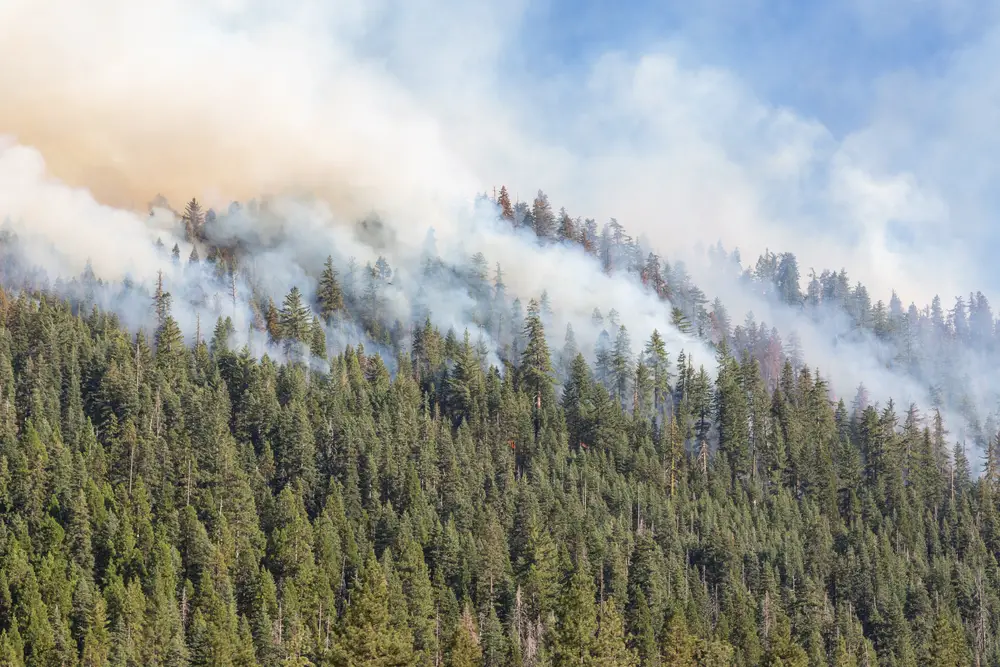
California is almost synonymous with wildfire risk these days. The state experiences a dry climate, which, combined with the Santa Ana winds, creates the perfect conditions for wildfires to ignite and spread rapidly. You might remember the 2020 wildfire season, which was one of the most devastating in California’s history. According to Cal Fire, that year saw over 4.2 million acres burned, making it a record year for wildfire destruction. When you think about how many people live in California, it’s not just the fires themselves that are worrying, but the impact on communities, air quality, and public health.
It’s not just a rural problem either; urban areas are increasingly under threat as well. This isn’t just about losing property—wildfires endanger lives, displace communities, and create long-lasting environmental damage. Many experts, like Daniel Swain, a climate scientist at UCLA, point out that the combination of climate change and urban expansion increases the risk. More people are building homes in fire-prone areas, making it essential for residents to have emergency plans in place. If you live in California or are planning to move there, staying informed and prepared is key.
2. Oregon
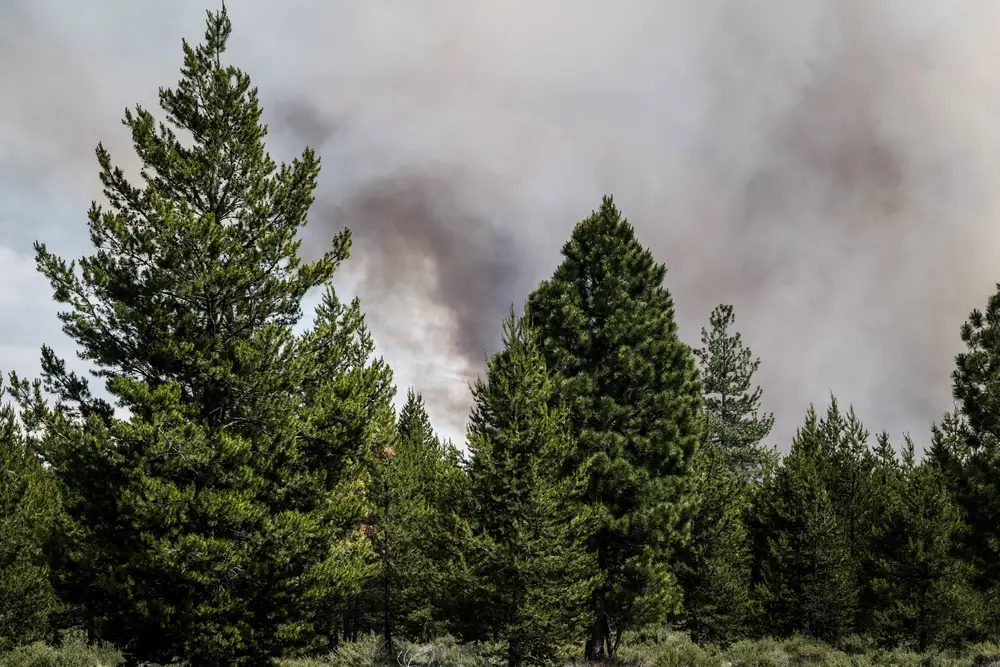
Oregon’s lush forests can become a tinderbox during the dry months. The state has seen increasingly severe wildfire seasons, with fires spreading faster and burning larger areas than in previous years. The 2020 fire season was particularly harsh, with the “Labor Day Fires” burning over a million acres. Those fires were fueled by a combination of extreme weather conditions and high winds, creating a scenario where entire towns were threatened. This is not just a concern for people living in the countryside; even urban areas like Portland have experienced poor air quality due to nearby fires.
The state’s fire season is getting longer, starting earlier, and ending later than in the past. This trend is largely attributed to climate change, which is causing drier conditions and more frequent heat waves. For residents of Oregon, this means preparing for wildfires is becoming a part of daily life. Evacuation plans, emergency kits, and fire prevention measures are increasingly important. Understanding the risks and staying alert can make a big difference in ensuring safety.
3. Colorado
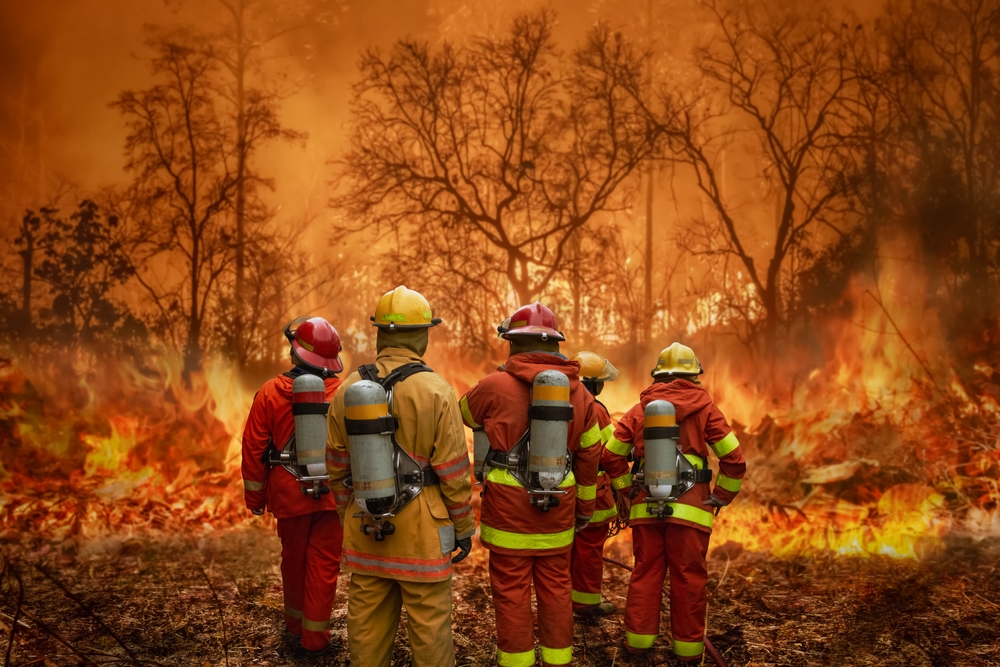
Colorado’s stunning landscapes include not only the Rocky Mountains but also a growing risk of wildfires. The state’s fire season has grown longer, with fires now starting earlier in the spring and continuing into late fall. The 2020 Cameron Peak Fire became Colorado’s largest recorded wildfire, burning over 208,000 acres. According to a study by the University of Colorado Boulder, climate change is expected to continue increasing both the frequency and intensity of wildfires in the region. The unpredictable weather patterns make it difficult to forecast and prepare for these incidents, which is why staying informed and connected with local authorities is crucial.
Living in or near Colorado’s forests requires a proactive approach to fire safety. The state has invested in fire prevention and education programs to help residents understand the risks and prepare accordingly. As a resident, you should consider measures like clearing flammable materials around your home and creating defensible space. It’s also important to have a family emergency plan and to keep yourself updated with the latest fire warnings. By taking these steps, you can help protect your home and loved ones from the increasing threat of wildfires.
4. Washington
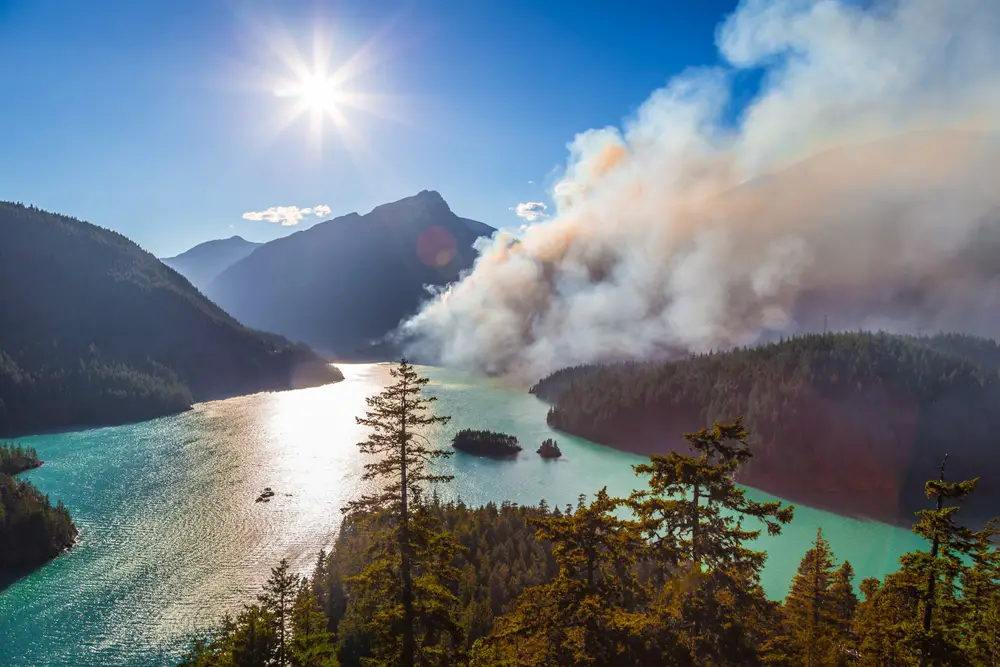
Washington State has seen a sharp increase in wildfire activity over the past few years. The eastern part of the state, in particular, faces a higher risk due to its drier climate compared to the coastal regions. The 2020 fire season was one of the worst on record, with fires destroying hundreds of homes and causing widespread evacuations. The state’s ability to combat these fires is often hampered by limited resources and challenging terrain. For people living in Washington, this means that preparing for wildfires is becoming more critical than ever.
The changing climate is a major factor contributing to the increasing wildfire risk in Washington. Drier summers and reduced snowpack in the mountains lead to conditions where wildfires can ignite easily and spread rapidly. Residents need to be vigilant during fire season, especially those living near forests or grasslands. Having an emergency plan and keeping up-to-date with local fire warnings can make a significant difference. Washington also promotes community involvement in fire prevention efforts, so getting involved locally can help you stay informed and prepared.
5. Arizona
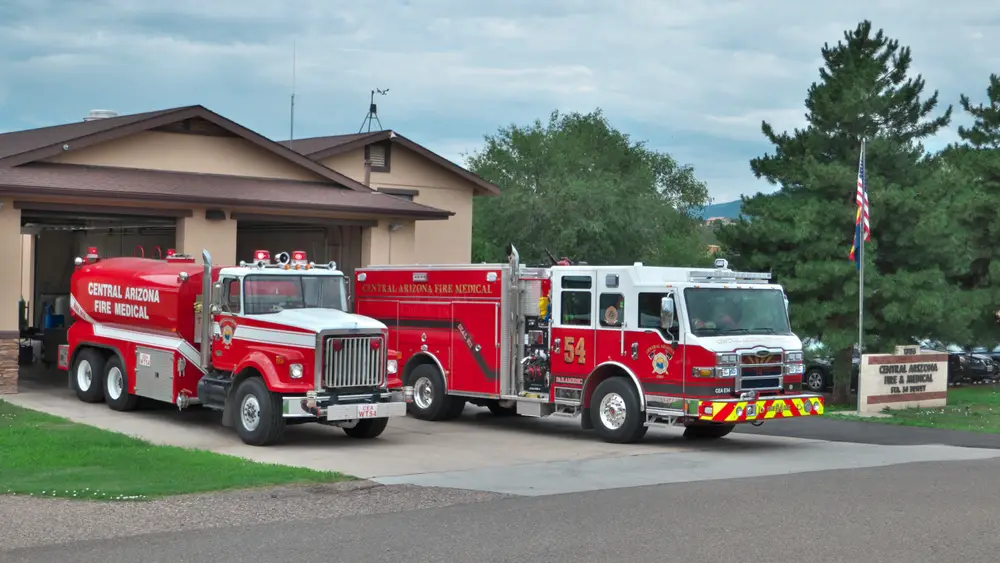
Arizona’s hot, dry climate makes it a prime location for wildfires. The state’s landscape, filled with desert vegetation, can quickly turn into a fire hazard during the intense summer heat. You might have heard about the bushfire in 2020, which burned nearly 200,000 acres, making it one of the largest in the state’s history. According to Dr. Thomas Swetnam, a fire ecologist at the University of Arizona, the frequency of wildfires in the state is expected to rise due to climate change and increasing human activities. The combination of these factors means residents must remain alert and prepared for the possibility of wildfires throughout the year.
Living in Arizona requires understanding and mitigating the risks associated with wildfires. Many local communities have developed programs to educate residents about fire prevention and emergency preparedness. If you’re living in an area prone to wildfires, creating defensible space around your home is essential. It’s also crucial to stay informed about fire conditions and have a family evacuation plan in place. Being proactive in these areas can help protect your home and family from the growing threat of wildfires.
6. Nevada
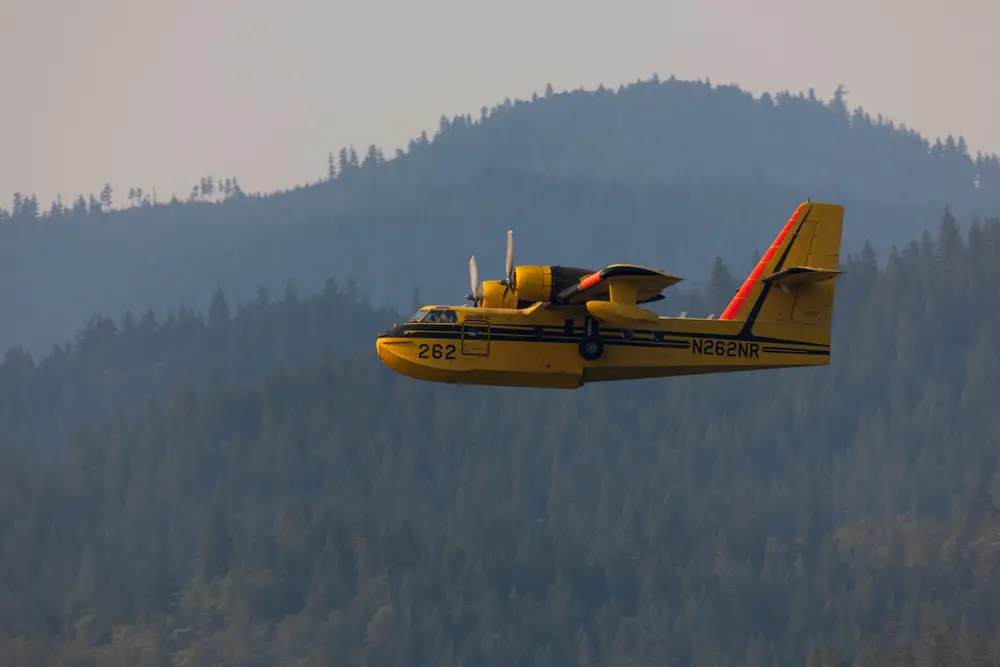
Nevada might be famous for its deserts and casinos, but it’s also becoming known for its wildfires. With its arid climate and high temperatures, the state provides ideal conditions for fires to start and spread quickly. The 2020 fire season saw significant burns across the state, impacting both rural and urban areas. The rapid growth of urban areas into previously undeveloped land is also increasing the risk of fires affecting more people. As a resident of Nevada, it’s crucial to be aware of the wildfire risks and take steps to prepare for them.
Wildfires in Nevada often occur in remote areas but can quickly encroach on communities, especially during high wind events. The state’s fire management teams have been working tirelessly to improve response times and provide resources to affected areas. If you’re living in Nevada, familiarize yourself with local fire risks and understand evacuation routes. Creating a defensible space around your property and having an emergency kit ready can also help you stay safe. When it comes to wildfires, preparation and awareness are key to minimizing impact.
7. Texas
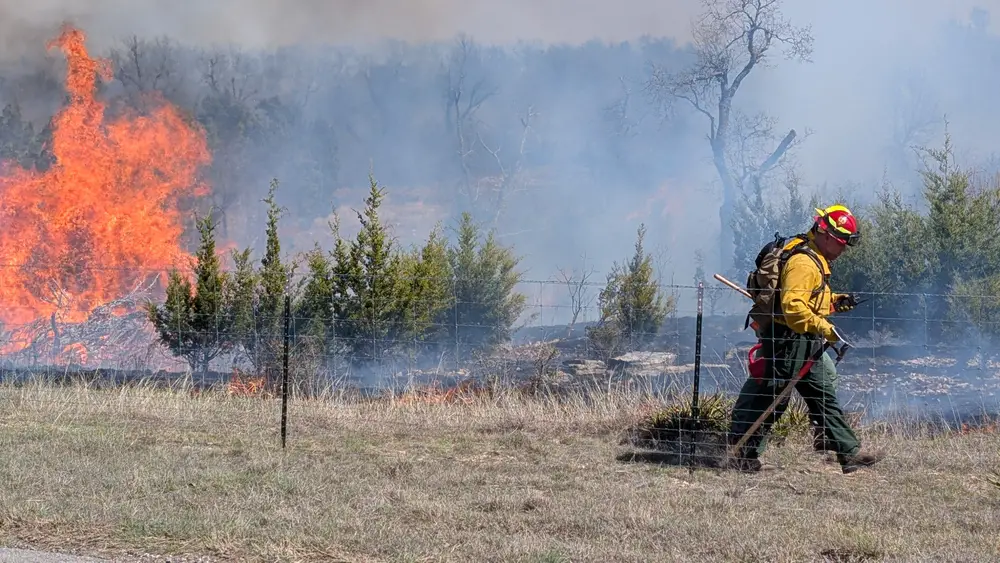
Texas is not typically the first state people think of when it comes to wildfires, but it’s increasingly at risk. The state’s varied climate means that different regions face different wildfire challenges. A 2011 study by the Texas A&M Forest Service found that wildfire seasons are getting longer and more intense, primarily due to prolonged droughts and high temperatures. In 2022, Texas experienced significant wildfires that burned thousands of acres, impacting communities and wildlife. Understanding the local climate and landscape is important for anticipating and preparing for these events.
In Texas, wildfires can be fast-moving and unpredictable, so a robust emergency plan is essential. The state has worked to improve its firefighting capabilities, but the sheer size of Texas means that resources can be stretched thin during peak fire season. As a Texan, you should consider taking advantage of local education and prevention programs to better understand wildfire risks. This could involve learning about controlled burns and other methods to reduce fire hazards. Staying informed and ready can help you protect your home and loved ones from the dangers of wildfires.
8. Idaho

Idaho’s rugged terrain and dense forests make it particularly vulnerable to wildfires. The state has seen increasingly severe fire seasons, with fires burning larger areas and threatening more communities each year. The 2020 fire season was especially impactful, with several large fires causing evacuations and damaging property. The combination of dry conditions and high winds creates a perfect storm for wildfires to spread rapidly. For those living in Idaho, understanding the risks and taking preventive measures is becoming a necessity.
The increasing threat of wildfires in Idaho is partly due to climate change, which is causing longer dry seasons and more frequent heat waves. Residents need to be proactive about fire safety, which includes creating defensible space around homes and having an emergency plan. The state offers resources and programs to help residents prepare and respond to wildfire threats. Being part of community efforts and staying informed about local fire conditions can make a significant difference. By taking these steps, you can help protect your home and community from the increasing threat of wildfires.
9. Montana
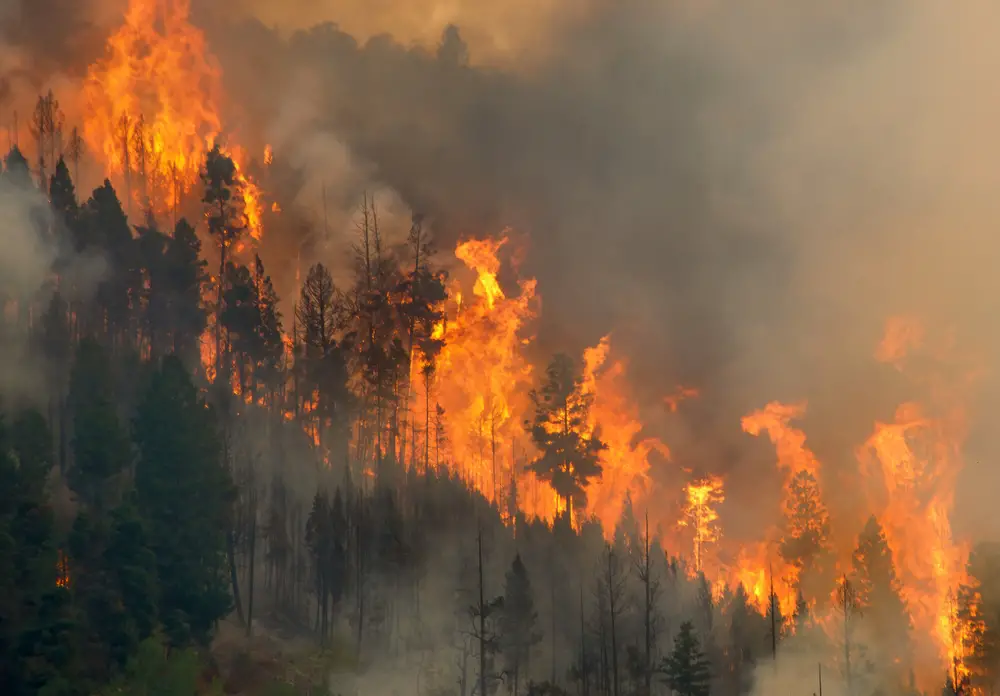
Montana’s picturesque landscapes, while beautiful, are also at risk of devastating wildfires. The state’s fire season is getting longer, with fires starting earlier in the year and continuing into the fall. The 2021 fire season was particularly severe, with several large fires burning hundreds of thousands of acres. The state’s diverse terrain and weather patterns make predicting fire behavior challenging, requiring residents to be ever-vigilant. If you’re in Montana, understanding these risks and preparing for wildfires is crucial.
As a resident, being prepared involves more than just having an emergency kit. It’s essential to create defensible space around your home and to understand evacuation routes and procedures. Participating in local fire management and prevention programs can provide valuable information and resources. The state has been investing in improving firefighting capabilities, but community involvement remains a key component. By staying informed and proactive, you can help protect your home and family from the threat of wildfires in Montana.
10. Alaska
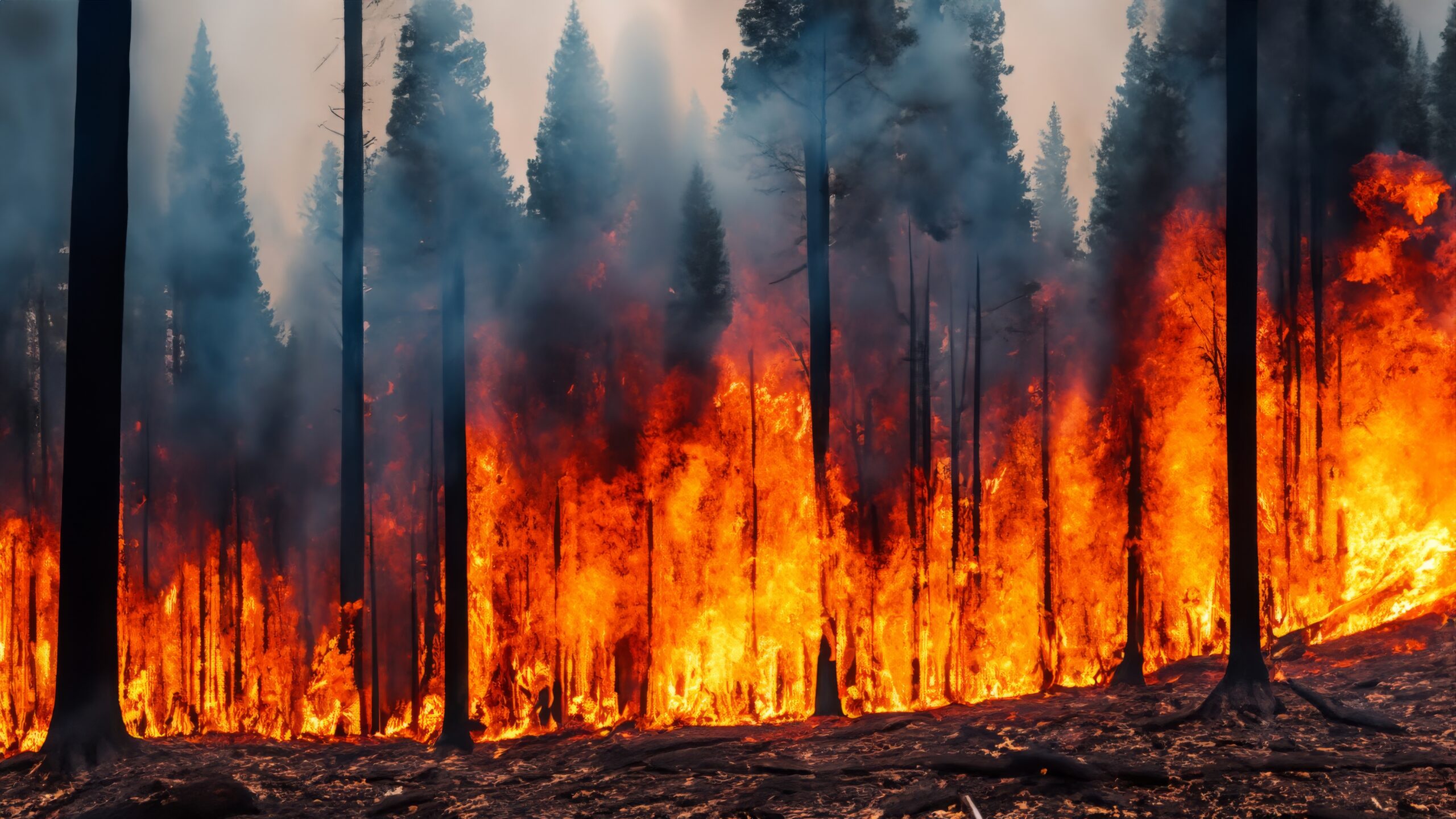
Alaska might not be the first state you think of when it comes to wildfires, but its vast forests are increasingly at risk. The state’s fire season is growing longer, with fires starting earlier and lasting later into the year. In recent years, Alaska has experienced some of its largest wildfires on record, burning hundreds of thousands of acres. The combination of dry conditions and lightning strikes often ignites these fires in remote areas. For residents, understanding and preparing for these risks is becoming more important.
The state’s unique climate and terrain make wildfires a complex challenge. Firefighting efforts are often hampered by Alaska’s rugged landscape and remote locations. Residents need to be prepared with emergency plans and evacuation routes, as fires can quickly threaten even remote communities. Participating in local fire prevention programs can provide valuable information and resources. Staying informed and prepared can help you protect your home and family from the increasing threat of wildfires in Alaska.
11. Wyoming
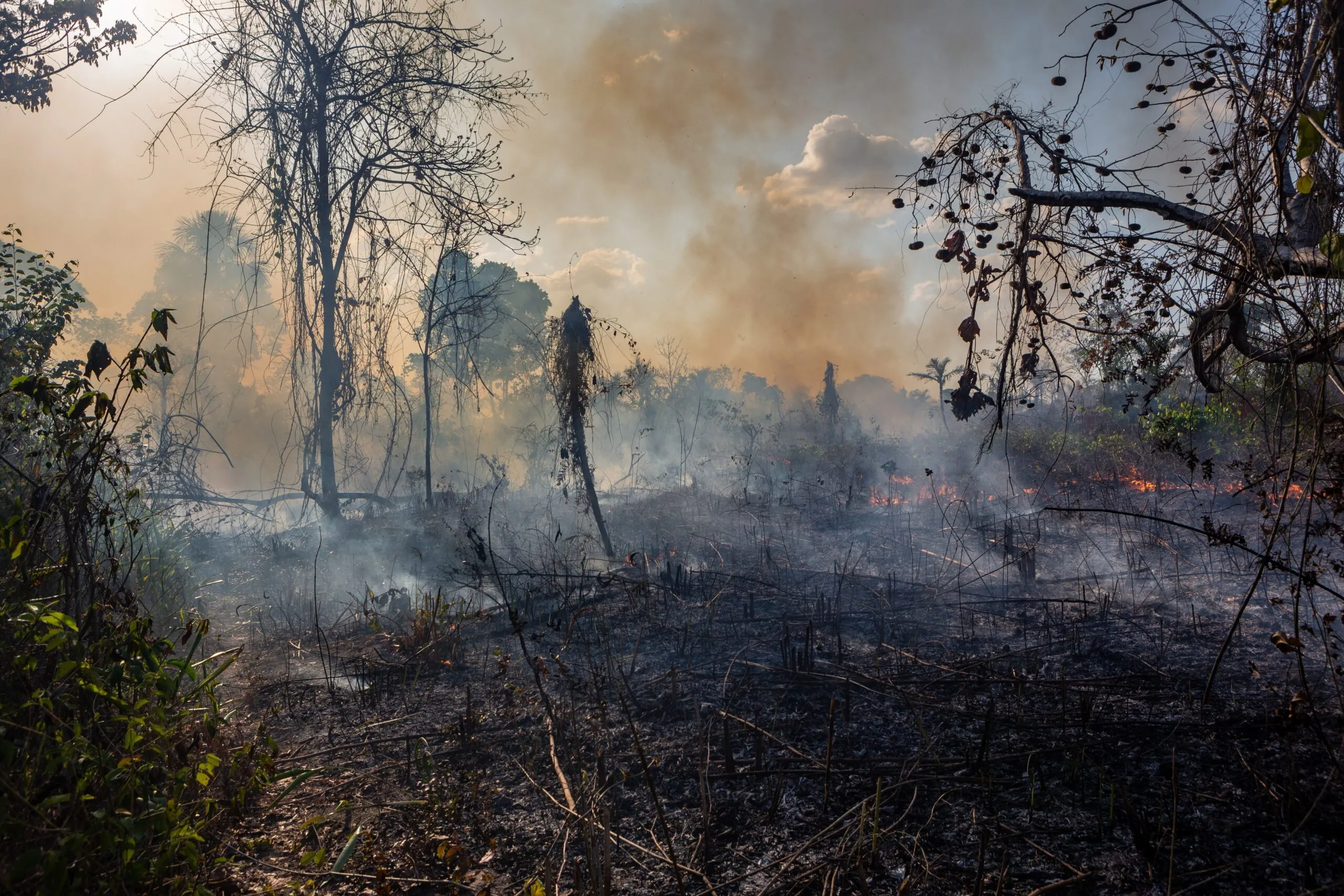
Wyoming’s wide-open spaces and rugged terrain make it particularly susceptible to wildfires. The state’s fire season has been intensifying, with fires burning larger areas and threatening more communities each year. The combination of dry conditions and high winds creates a perfect storm for wildfires to spread rapidly. For residents, understanding the risks and taking preventive measures is essential. The state’s fire management teams work tirelessly to combat these fires, but resources can be stretched thin during peak fire season.
As a Wyoming resident, being prepared involves more than just having an emergency kit. Creating defensible space around your home and understanding evacuation routes and procedures are crucial. Participating in local fire management and prevention programs can provide valuable information and resources. The state has been investing in improving firefighting capabilities, but community involvement remains a key component. By staying informed and proactive, you can help protect your home and family from the threat of wildfires in Wyoming.
12. Utah
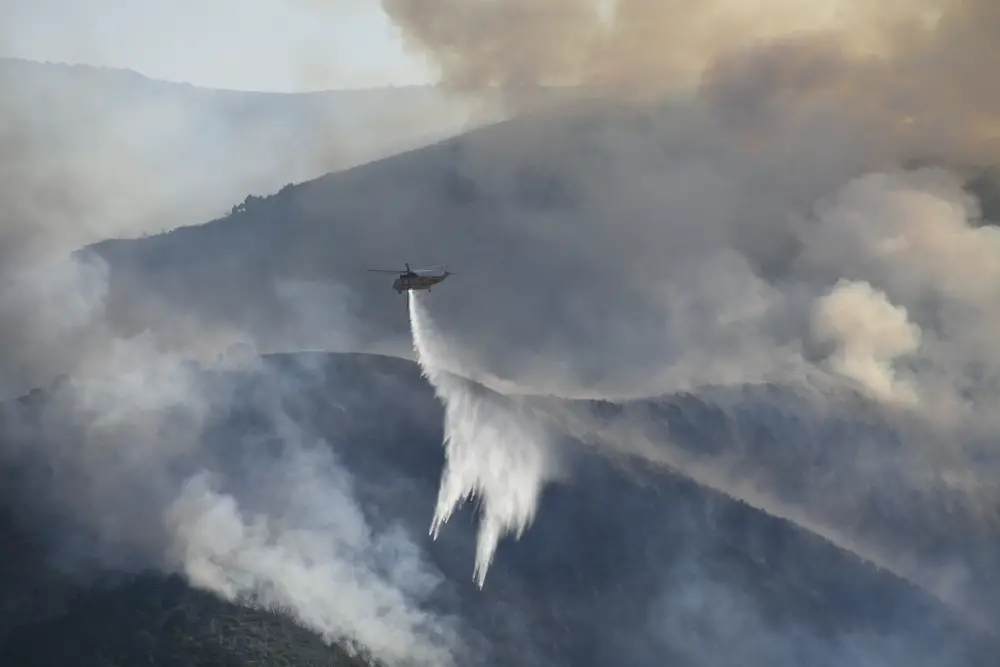
Utah’s diverse landscapes, from red rock deserts to mountainous forests, are increasingly at risk of wildfires. The state’s fire season is getting longer, with fires starting earlier and continuing later into the year. Several large fires have burned hundreds of thousands of acres, impacting communities and wildlife. The combination of dry conditions and high winds creates a perfect storm for wildfires to spread rapidly. For residents, understanding the risks and taking preventive measures is becoming a necessity.
Living in Utah requires a proactive approach to fire safety. Creating defensible space around your home and having an emergency plan are essential steps. The state offers resources and programs to help residents prepare and respond to wildfire threats. Being part of community efforts and staying informed about local fire conditions can make a significant difference. By taking these steps, you can help protect your home and community from the increasing threat of wildfires.
13. New Mexico
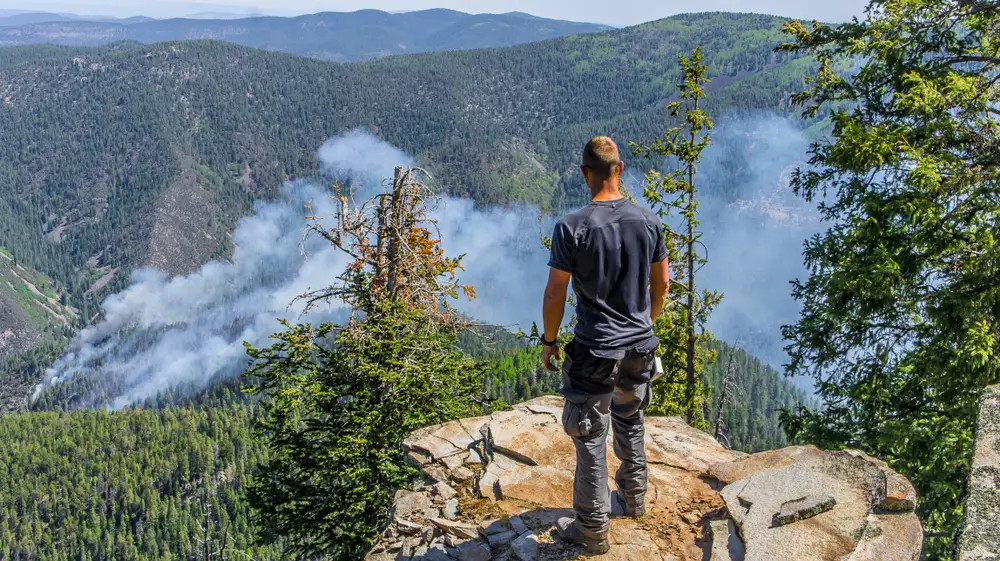
New Mexico’s dry climate and diverse landscapes make it particularly vulnerable to wildfires. The state has seen increasingly severe fire seasons, with fires burning larger areas and threatening more communities each year. The combination of dry conditions and high winds creates a perfect storm for wildfires to spread rapidly. For those living in New Mexico, understanding the risks and taking preventive measures is becoming a necessity. The state’s fire management teams work tirelessly to combat these fires, but resources can be stretched thin during peak fire season.
Residents need to be proactive about fire safety, which includes creating defensible space around homes and having an emergency plan. The state offers resources and programs to help residents prepare and respond to wildfire threats. Being part of community efforts and staying informed about local fire conditions can make a significant difference. By taking these steps, you can help protect your home and community from the increasing threat of wildfires. Understanding the unique risks in New Mexico is essential for ensuring safety and preparedness.
